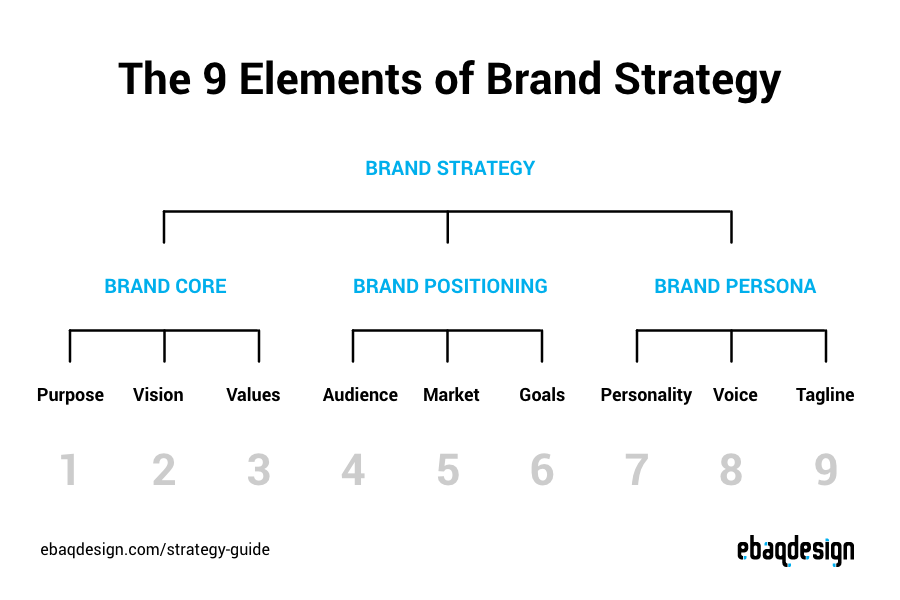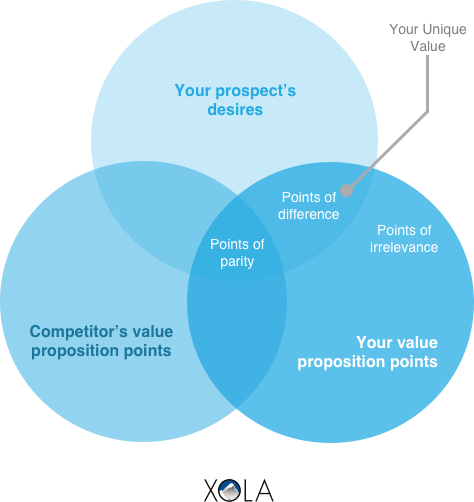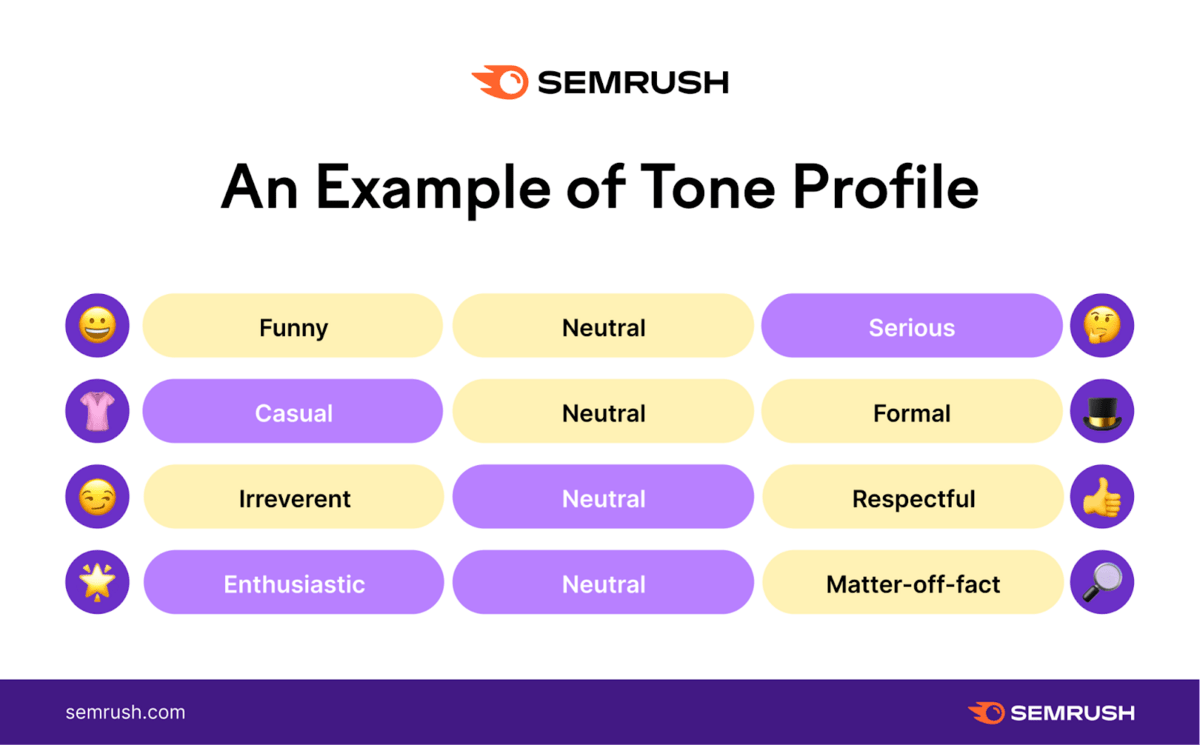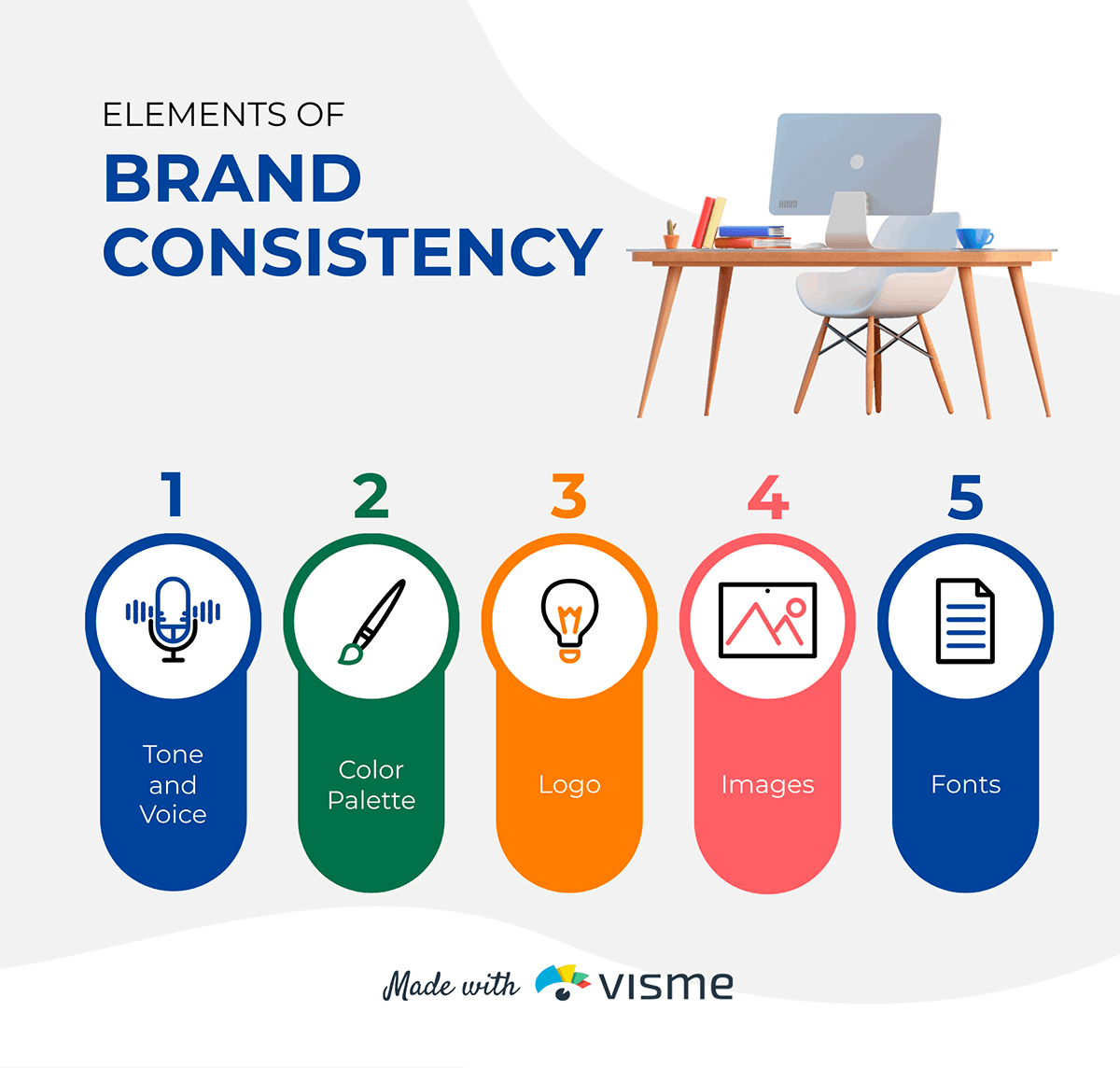So many real estate agents are vying for the same pool of buyers and sellers. Sometimes, as an agent trying to make their mark, it can feel like you’re fighting the ultimate uphill battle. You may wonder whether there’s a secret to getting noticed among a score of competitors.
There is. It’s called branding.
You must build a creative and recognizable brand around yourself as a realtor. It’s the only way to attract more attention and stick in the minds of potential clients. That goes for those seeking to create a personal brand and those trying to start a brokerage.
But building a brand isn’t a simple process. It’s long, complicated, and requires a lot of research. If you don’t know what you’re doing, you could create a brand that’s inconsistent or doesn’t resonate with your target audience.
That’s why this article exists. We’ll walk you through the steps needed to create a memorable and robust real estate brand around yourself.
By the end of this post, you’ll be able to understand why branding is essential for real estate agents. We’ll also show you what to do when creating a strategic real estate brand.
Scale insightful marketing content across the web.
We help you grow through expertise, strategy, and the best content on the web.
Why is branding so important for real estate agents?
Every business needs a brand. But for realtors, branding becomes especially important.
There are approximately 3 million licensed real estate professionals in the United States. That’s a lot of competition for the same buyers and sellers.
The best thing you can be as a realtor is memorable. A well-defined and unique brand can be a great way to stick out in the minds of potential customers. You’ll stand head and shoulders above the rest if you’re a realtor with a unique logo, photo, or business card.
Realtors can also use electronic business cards as these cards can help gather leads and connect to thousands of apps and CRM tools.

Or maybe you’re the realtor who educates and explains things to first-time home buyers. But you do so in a way that’s easy to understand with a relatable tone.
While these branding elements might seem like something that comes naturally, they must be strategic and laid out with a purpose.
Just winging it and doing, saying, or posting whatever feels right at the time is a recipe for inconsistencies. Nothing raises a red flag in a customer set to spend hundreds of thousands of dollars like inconsistency. But when you outline everything about your business, you guarantee consistent messaging that’ll inspire potential clients.
Developing a persona with a unique visual identity and tone makes sure you understand your audience, competitors, and value.
It all comes down to those three things.
- You must build a brand that appeals to your audience.
- You must keep your major competitors in mind.
- You must communicate value in everything you do.
How to build your real estate brand in 8 steps
Now that you know why creating a real estate brand around your business is crucial, let’s review the steps necessary to realize that goal.
1. Identify the target audience
Who are you trying to reach? Everything comes back to this question.
Your brand doesn’t need to appeal to you. It doesn’t have to line up with your personal beliefs or preferences. It needs to appeal to your target audience — that pool of potential buyers and sellers who’ll be your bread and butter. Knowing who they are will also help you craft a unique real estate logo and shape a brand identity that truly speaks to them.
It’s their attention you need to grab, their minds you want to remain on top of. Everything you do from a branding perspective has to consider them.
That means you’ll need to ask some important questions:
- How much do they know about the home-buying process?
- What tone of voice resonates the best with them?
- How do they prefer to receive communication?
- What kind of messaging resonates with them?
- Which social media platforms do they use?
- Have they purchased a home before?
- What kind of income do they make?
- What’s their marital status?
- Who are these people?
- Where do they live?
- Do they have kids?
The list goes on and on.
Naturally, you’ll need to appeal to more than just one demographic. You’re selling homes of all sizes. You might have properties listed in suburban neighborhoods, urban areas, and senior/assisted living communities.

That means you’ll need to establish different buyer personas. These are profiles of your audience segments. They list the preferences and characteristics of each. You can launch various marketing campaigns for these segments while building a brand that appeals to all of them.
2. Analyze the competition
There’s no shortage of competition in the real estate industry. You have big and small competitors going after the same audience segments you’ve outlined in your buyer personas.
While no one recommends you outright copy their brands, it helps to see what these competitors are doing. It can help you know what resonates with the target audience. Then, you can apply what you’ve learned to what you’re trying to do.
Of course, that doesn’t mean copying their logo or color scheme. Instead, use tools like a logo maker to create something unique that aligns with your brand identity. Pay attention to their social media channels, advertising strategy, and the brand voice they use when communicating with potential clients. You can also use the Zillow API to gather valuable market data and insights, further enhancing your competitive strategy.
It’s just as important to note what they’re not doing. By examining the competition, you can identify opportunities. Is there something that you think would appeal to the target audience that your competitors aren’t doing? If so, jump on that and make it a part of your brand identity.
3. Create your value proposition
Your unique value proposition is like a mission statement that defines how you’re different from your competitors. It showcases the value of your services and shines a light on what you offer.
A unique value proposition informs your brand decisions. Everything boils back to these tentpoles. Your logo design, brand voice, color schemes, and marketing channels should reflect this statement.
For example, your value proposition could include offering expert appraisal for rental property services, which can differentiate you from competitors and provide significant value to clients looking to rent or invest in properties.

Start by writing down all the ways you’re different from the competition. Once you have that down on paper, write why buyers and sellers should choose you. Use what you’ve written down to develop your brand voice. Showcase these benefits in every blog post, social media update, image, and ad you put out.
4. Choose the right imagery
Imagery is what ultimately sells your brand. Human beings are visual learners. The right imagery can set the tone and communicate more at a glance than you could with an entire paragraph of copy.
This visual identity starts with your realtor headshot — the image appearing on your lawn signs, social media profiles, and website. Everything from the outfit you choose to your smile communicates something vital to the audience.
Then there’s the imagery you include. Do you want to showcase huge luxury mansions or simple cozy suburban family homes? That’s a decision that’ll come down to your target audience. Are you working in a ritzy area or somewhere more suburban and down to Earth?
If it’s the latter, including luxury mansions in your marketing material could convey to potential clients that you operate out of their price range. If you’re mostly trafficking in luxury properties, wealthy clients might think you’re not what they’re looking for if you feature more simplistic properties.
Then there’s your color scheme. What colors will you use in your logo design, marketing materials, and website? Keep in mind that different colors convey different emotions in buyers. For example, black, red, and orange are harsh colors that could be off-putting.
However, blues, whites, gold, and greens are colors that can elicit calm, soothing emotions that put buyers at ease. Experiment with a few different combinations. Once you’ve chosen your colors, a logo creator can help you quickly design a brand logo that aligns with your visual identity.
5. Create a brand voice
Once you have your visual identity confirmed, it’s time to talk about the voice of your brand. That’s the voice that you’ll always communicate in through written copy. It includes blog posts, website copy, social media posts, ads, and video content.

If you’re trying to appeal to senior citizens, convey kindness and professionalism. Show them that you’re hard-working and knowledgeable. It’ll earn their trust. Something more conversational and laid back for Millennials or Gen Z clients could help them relax and trust you more.
Outline your brand voice in a style guide. Even if you’re the only one who ever writes anything on your behalf, it’s better to have your voice laid out in writing to guarantee consistency. It’s essential when running a brokerage with multiple agents and assistants who all need to represent your brand.
6. Create a website
The website you create is the online home of your business. It’s here that your listings live. This platform is where you’re always pointing potential customers toward. The design and layout of your website are the culmination of your brand identity. By arriving at your homepage, potential buyers and sellers should instantly know who they’re dealing with.
The website needs to:
- Speak consistently, as though the same person wrote it, in the same tone.
- Feature imagery meant to put your audience at ease and elicit trust
- Lean into your color scheme with consistent branding on all pages
- Appeal directly to the target audience’s preferences
- Provide something different from major competitors
- Highlight the value you have to offer
Of course, one more element of your website speaks to your overall brand.
Functionality.
The customer experience on your website needs to be flawless. That means the pages must load quickly, for one. The copy should be free of errors. There should be no broken images. The layout also needs to be simple and easy to use.

When someone lands on your site, they should know where to go immediately. That means using an intuitive design with clear calls to action and an accessible menu. Remember, a broken website is akin to poor customer service. Efficiency should be part of your brand, and a functional website can help.
Consider adding a lead magnet like a loan rate calculator to your site. A tool like this can help showcase your brand’s helpful and educational nature. Visitors must enter their name and email address to use the tool, turning it into a lead generation source.
Additionally, optimizing your website for search engines is crucial for attracting organic traffic. In the competitive real estate market, appearing at the top of search engine results can significantly boost your visibility and credibility. Implementing real estate SEO strategies such as keyword optimization, quality content creation, and local search optimization can help ensure that your website ranks well for relevant searches. This not only drives more traffic to your site but also increases the chances of converting visitors into leads.
Using real estate transaction management software can further streamline your operations, improve customer service, and enhance your overall online presence. Such software can help you manage listings, track leads, and automate various administrative tasks, allowing you to focus more on engaging with potential clients and closing deals.
7. Get on social media
Social media is an essential platform for real estate brands. It’s an opportunity to showcase exactly who you are in an environment where your target audience feels safe.
Regardless of platform, you should always consider your brand when running a real estate social media channel. That means a carefully selected profile photo featuring your headshot. It also means a striking banner image at the top of the page showcasing your brand’s color scheme and imagery.
Every image you share in your posts should be consistent with the branding on your profile. That includes any targeted ads you run on these platforms. All written copy should appear in your identified brand voice and have a purpose that ultimately serves your audience.
Social media will likely be the first platform for exposing potential buyers to your brand. That’s why it must be on full display.
8. Be consistent
When creating a real estate brand, consistency is vital. That means the brand you outline needs to appear everywhere.
And we mean everywhere.

Your lawn signs, website content, social media channels, and business cards all need to be consistent with one another. It should all connect. Someone should have a consistent experience when they:
- Meet you in person and receive a business card.
- Click through to your website
- Check your social media
If the branding for your social media and website are entirely different, someone could need clarification when they click from one to the other. This is especially true in complex projects, where commercial real estate project management services can help maintain consistency across all aspects of the development. Inconsistencies make people uncomfortable. When you’re facilitating the most significant purchase in a person’s life, they want to be entirely at ease.
So once you have decided on your brand, keep it the same everywhere to make for a seamless experience.
Define goals for your business and regularly track real estate KPIs. That will help you stay consistent and measure impact in the long term.
Final thoughts
A strong and well-defined brand is essential for a real estate agent in today’s industry. Defining a personal brand can inspire confidence and trust in your target audience.
Follow these eight helpful steps and create a realtor brand that stands the test of time. With an established brand, you’ll soar over competitors and build a thriving real estate business.



